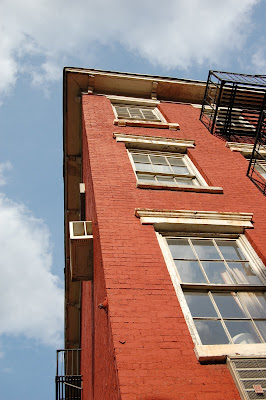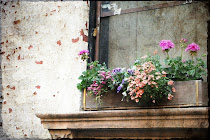Early in the life of my new camera my husband had the foresight to gift me with a polarizing filter. In spite of his patient explanations, for months I could not understand for the life of me what it was supposed to do. But last week I read a
blog entry on polarizing filters at Digital Photography School on the subject and finally had my "eureka" moment. Finally aware of what I was looking for, I immediately set out to try it. It's amazing!
The aim is to rotate the filter just so, causing it to block the glare of the sunlight off of a surface (like sunglasses would do). I've posted some of my "before and after" shots here. The first shot is without the polarizing filter, and the second is with. What a difference!
















5 comments:
The difference is actually quite amazing, both technically and artistically. I guess the real question is knowing when to use the filter and when not to use it. For instance, in the second photo, the filter definitely improves the shot; however, I actually prefer the non-filtered version of the first photo. Something about the way the windows reflect the light seems to really liven up the shot.
Aha, great point Evan!
I agree with evan. I like the first one of the first set and the second one of the second set. Love the link to the Digital photography school from your blog. Been looking at all the assignments and really enjoying the pictures people have posted. See ya Saturday?
Great exercise and the filter certainly pays off. Maximum polarization occurs when you are shooting perpendicular to the direction of the light. If you are shooting directly into or behind the light source then there is no visible change in the picture. However, I sometimes still use the polarizer as a ND filter to increase the exposure time, for instance if I am shooting a waterfall where I want a slower shutter speed.
wow elizabeth, i love this filter!
Post a Comment